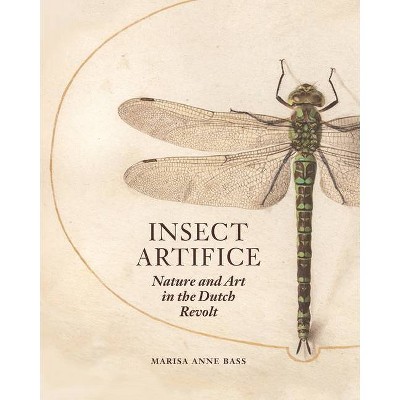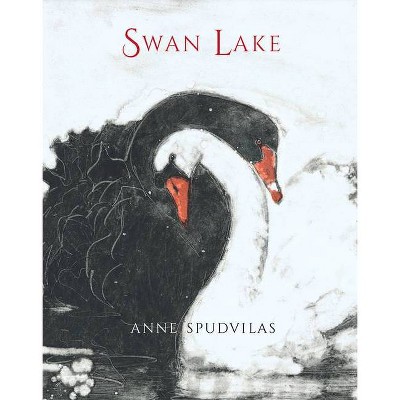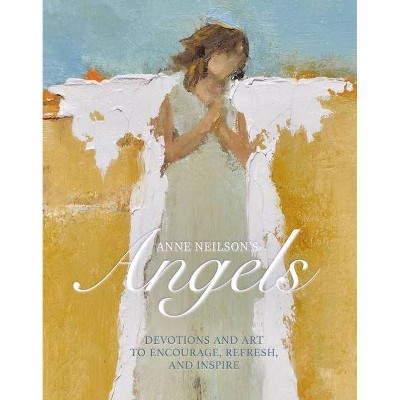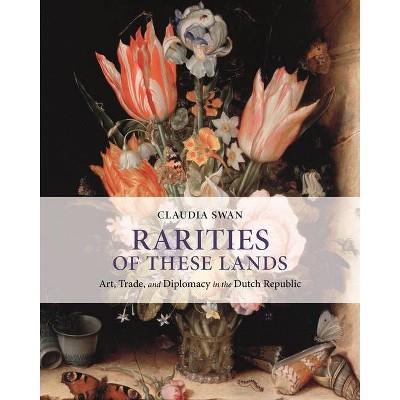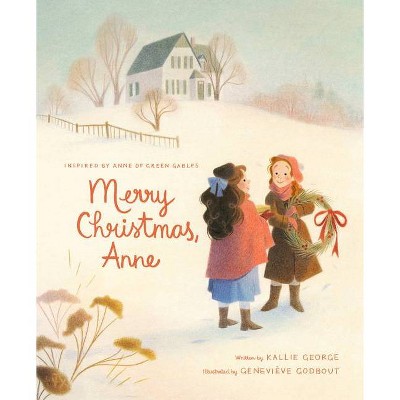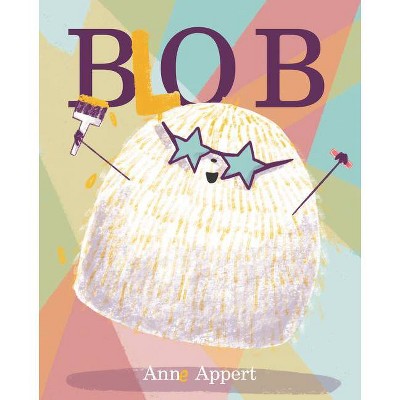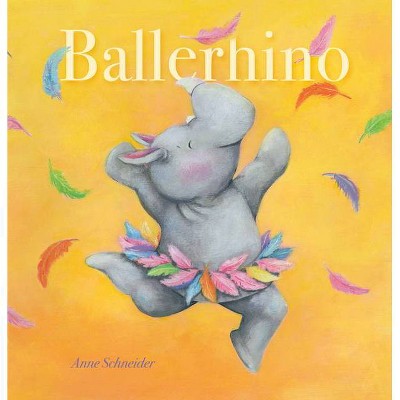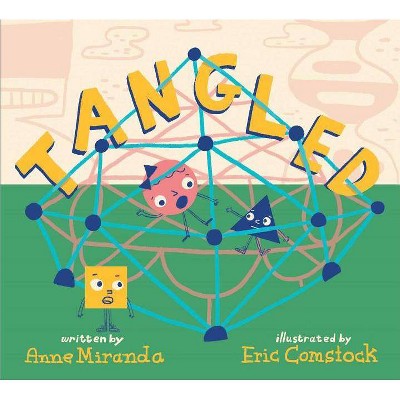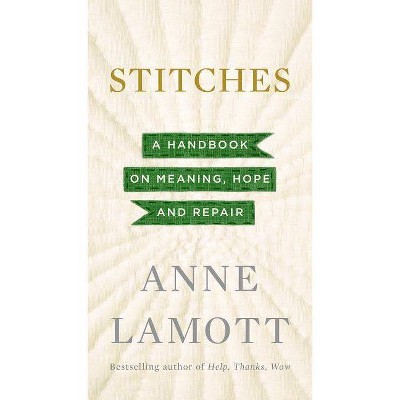Conchophilia - by Marisa Anne Bass & Anne Goldgar & Hanneke Grootenboer & Claudia Swan (Hardcover)
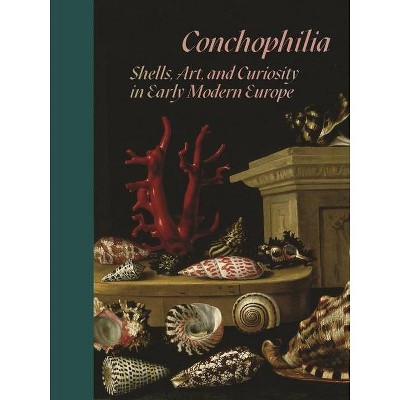
Similar Products
Products of same category from the store
AllProduct info
<p/><br></br><p><b> Book Synopsis </b></p></br></br><p><b>A captivating historical look at the cultural and artistic significance of shells in early modern Europe</b> <p/>Among nature's most artful creations, shells have long inspired the curiosity and passion of artisans, artists, collectors, and thinkers. <i>Conchophilia</i> delves into the intimate relationship between shells and people, offering an unprecedented account of the early modern era, when the influx of exotic shells to Europe fueled their study and representation as never before. From elaborate nautilus cups and shell-encrusted grottoes to delicate miniatures, this richly illustrated book reveals how the love of shells intersected not only with the rise of natural history and global trade but also with philosophical inquiry, issues of race and gender, and the ascent of art-historical connoisseurship. <p/>Shells circulated at the nexus of commerce and intellectual pursuit, suggesting new ways of thinking about relationships between Europe and the rest of the world. The authors focus on northern Europe, where the interest and trade in shells had its greatest impact on the visual arts. They consider how shells were perceived as exotic objects, the role of shells in courtly collections, their place in still-life tableaus, and the connections between their forms and those of the human body. They examine how artists gilded, carved, etched, and inked shells to evoke the permeable boundary between art and nature. These interactions with shells shaped the ways that early modern individuals perceived their relation to the natural world, and their endeavors in art and the acquisition of knowledge. <p/>Spanning painting and print to architecture and the decorative arts, <i>Conchophilia</i> uncovers the fascinating ways that shells were circulated, depicted, collected, and valued during a time of remarkable global change.</p><p/><br></br><p><b> Review Quotes </b></p></br></br><br>In<i> Conchophilia</i><b> </b>seven scholars dissect why Renaissance-era collectors braved maritime hazards to beachcomb. Finding the pearliest treasures at shorelines called for avoiding crocodiles, spiny urchins and 'burning sea slime'. . . . Painters depicted shells, with names as wonderful as 'precious wentletrap' and 'speckled episcopal miter, ' arrayed on banquet tables or in the hands of exulting deities. Metalsmiths set nautiluses on gold pedestals sculpted with mermaid and sea foam motifs. Collectors had favorite shells cemented onto grotto walls, sometimes in the bristly shapes of pine cones and artichokes.<b>---Eve M. Kahn, <i>New York Times</i></b><br><br>The exquisitely illustrated, thought-provoking book examines the complicated provenances, varied uses, and key role of shells in shaping this period's visual and aesthetic culture.<b>---Lauren Moya Ford, <i>Hyperallergic</i></b><br><p/><br></br><p><b> About the Author </b></p></br></br><b>Marisa Anne Bass</b> is Professor of Northern European Art (1400-1700) at Yale University. Her books include <i>Insect Artifice </i>and <i>Jan Gossart and the Invention of Netherlandish Antiquity</i> (both Princeton). <b>Anne Goldgar</b> is the Garrett and Anne Van Hunnick Professor of European History at the University of Southern California. Her books include <i>Tulipmania </i>and <i>Impolite Learning</i>. Twitter @anne_goldgar<b> Hanneke Grootenboer</b> is Professor of the History of Art and Chair of the department at Radboud University Nijmegen. Her books include <i>Treasuring the Gaze </i>and <i>The Pensive Image</i>. <b>Claudia Swan</b> is the Mark S. Weil Professor of Art History and Archaeology at Washington University in St. Louis. Her books include <i>Art, Science, and Witchcraft in Early Modern Holland</i> and <i>Rarities of These Lands</i> (Princeton). Twitter @raritiesof
Price History
Price Archive shows prices from various stores, lets you see history and find the cheapest. There is no actual sale on the website. For all support, inquiry and suggestion messages communication@pricearchive.us
